Focus on Non-Destructive Testing
The emphasis on non-destructive testing (NDT) techniques is significantly influencing the Confocal Raman Spectroscopy Market. Industries such as materials science, electronics, and art conservation are increasingly utilizing Raman spectroscopy for its ability to analyze samples without causing damage. This capability is particularly valuable in applications where sample integrity is paramount. The market for NDT applications is projected to expand, with estimates suggesting a growth rate of around 7% annually. As industries seek reliable and efficient testing methods, the demand for Confocal Raman Spectroscopy is likely to rise, reinforcing its position in the market.
Growing Demand in Material Science
The Confocal Raman Spectroscopy Market is witnessing a growing demand in the field of material science, where the need for detailed material characterization is paramount. Researchers and manufacturers are increasingly utilizing Raman spectroscopy to analyze polymers, nanomaterials, and composites. This trend is driven by the need for innovative materials with specific properties, which require precise characterization techniques. The market for material science applications is expected to grow significantly, with projections indicating a potential increase of 6% in the next few years. This growth reflects the critical role that Confocal Raman Spectroscopy plays in advancing material research and development.
Increased Adoption in Pharmaceuticals
The pharmaceutical sector is increasingly adopting Confocal Raman Spectroscopy for quality control and drug formulation processes. This trend is largely driven by the need for precise characterization of materials and the demand for non-destructive testing methods. The Confocal Raman Spectroscopy Market is witnessing a notable rise in applications for active pharmaceutical ingredients (APIs) and excipients analysis. According to recent estimates, the pharmaceutical segment accounts for nearly 30% of the overall market share, reflecting a growing reliance on Raman spectroscopy for regulatory compliance and product development. This adoption is expected to continue, further propelling market growth.
Technological Advancements in Spectroscopy
The Confocal Raman Spectroscopy Market is experiencing a surge in technological advancements that enhance the capabilities of spectroscopic analysis. Innovations such as improved laser sources, advanced detectors, and sophisticated software algorithms are driving the market forward. These advancements allow for higher resolution imaging and more accurate chemical composition analysis. For instance, the integration of artificial intelligence in data interpretation is streamlining processes and improving efficiency. As a result, the market is projected to grow at a compound annual growth rate (CAGR) of approximately 8% over the next five years, indicating a robust demand for cutting-edge spectroscopic solutions.
Rising Interest in Environmental Monitoring
The rising interest in environmental monitoring is becoming a key driver for the Confocal Raman Spectroscopy Market. As concerns about pollution and environmental degradation grow, there is an increasing need for effective monitoring techniques to analyze pollutants and hazardous materials. Confocal Raman Spectroscopy offers a non-invasive method for detecting and quantifying environmental contaminants, making it an attractive option for regulatory agencies and environmental organizations. The market for environmental applications is anticipated to expand, with estimates suggesting a growth rate of approximately 5% over the coming years. This trend underscores the importance of Raman spectroscopy in addressing environmental challenges.


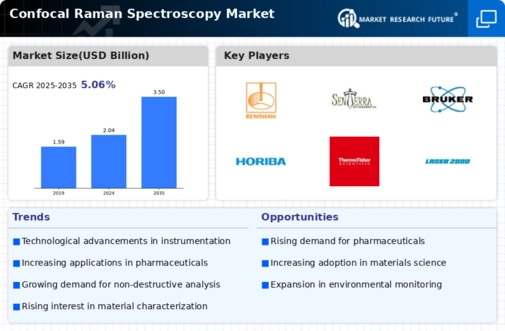
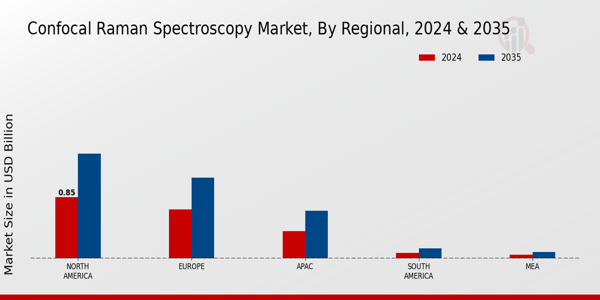
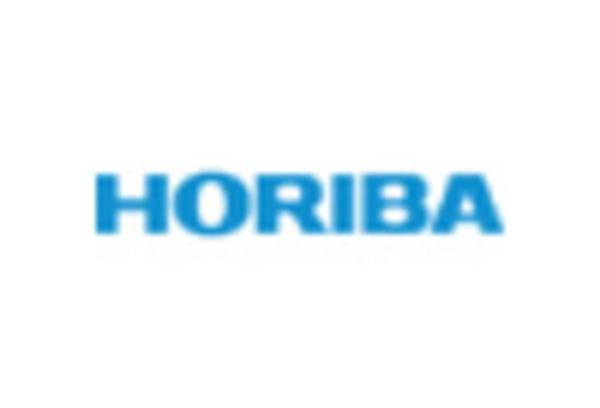
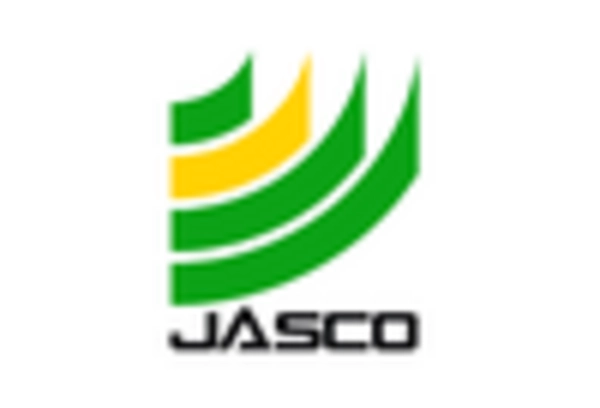

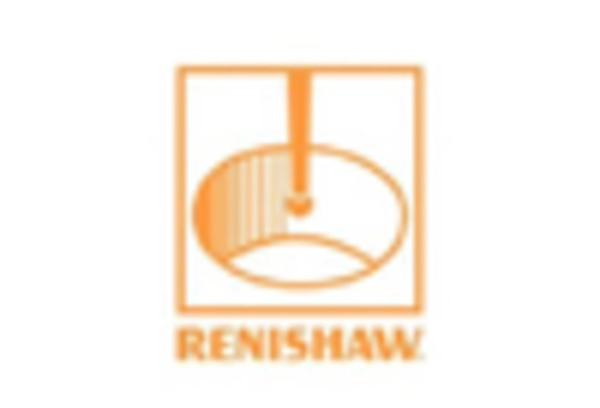

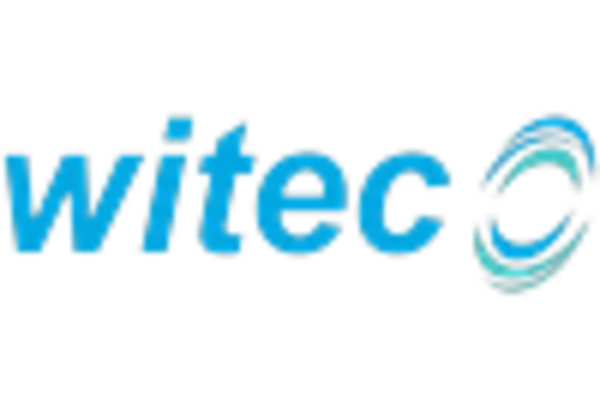








Leave a Comment